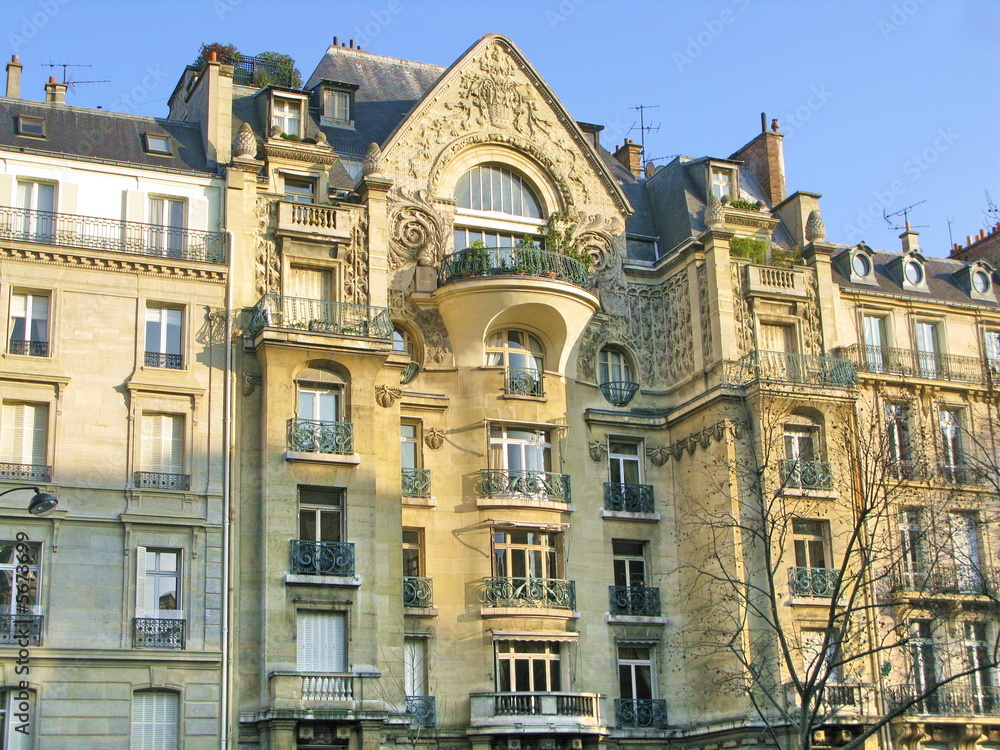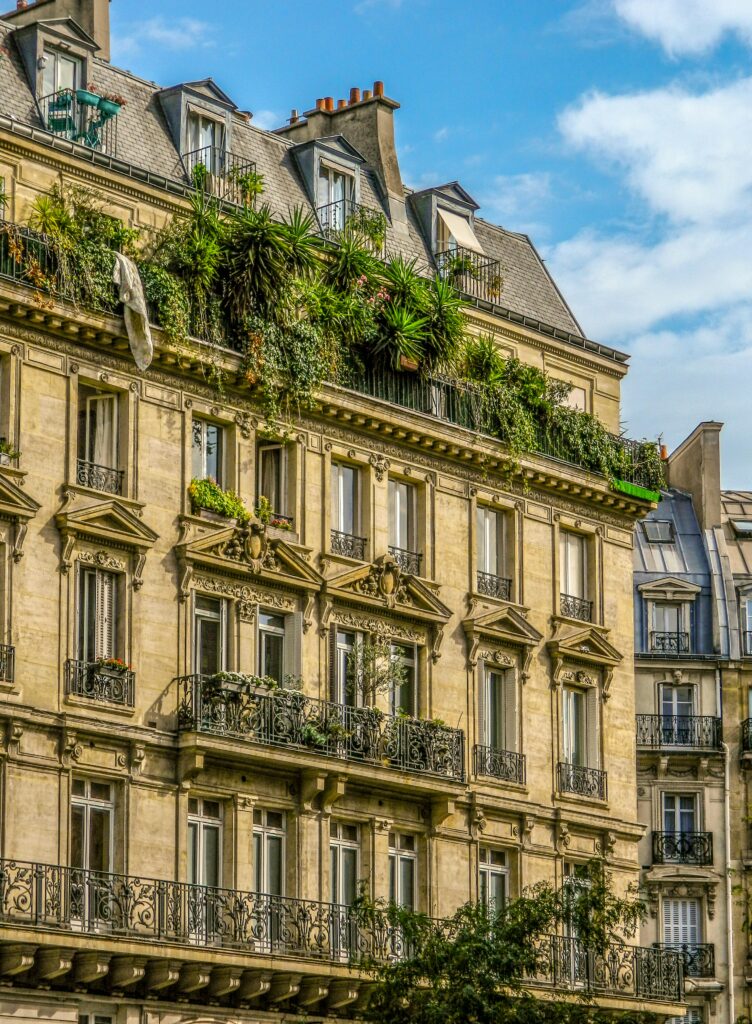
Paris is a city known for its beauty and elegant architecture. As you stroll through its streets, you’ll encounter various styles of building façades, each telling the story of a different era and way of life. Here are the main types of façades you’ll find in Paris.
The Haussmannian façade (19th century)
This is the most iconic façade in Paris, created during the major urban renovations led by Baron Haussmann under Napoleon III. These façades give the city its very orderly appearance. They feature light-colored stone walls known as pierre de taille. Wrought-iron balconies are often found on the 2nd and 5th floors. The windows are identical in size, adorned with elegant moldings and cornices.
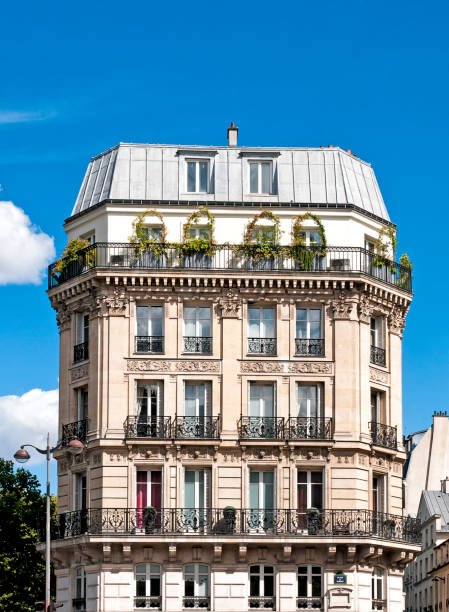
The faubourienne façade (18th–19th century)
Before Haussmann’s renovations, Paris was made up of small buildings built in the former suburbs (faubourgs). These were lower buildings with simpler façades, sometimes rendered or built in stone. They had sloped roofs covered in plaster or slate, with small windows often varying in size.
You can still find this type of building in the Marais, Belleville, and certain streets in the 11th and 20th arrondissements.
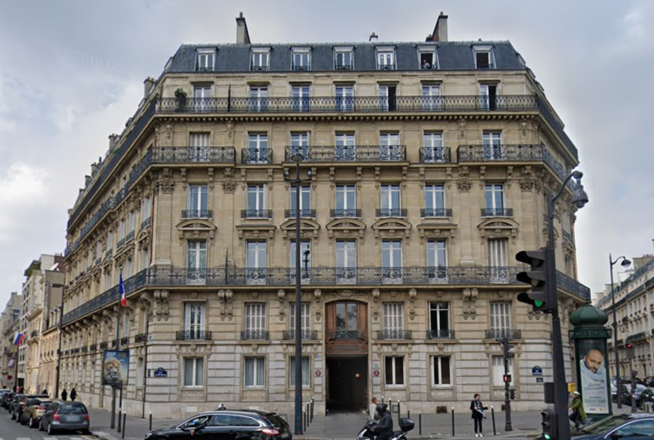
The pierre de taille façade
This is not a style in itself, but rather a type of construction often used in Haussmannian buildings and official structures. It features large, finely cut stones that give a luxurious and elegant appearance. The colors range from light beige to grey.
You’ll often see these façades along the grand boulevards, around the Opéra Garnier, or in the historic center of Paris.
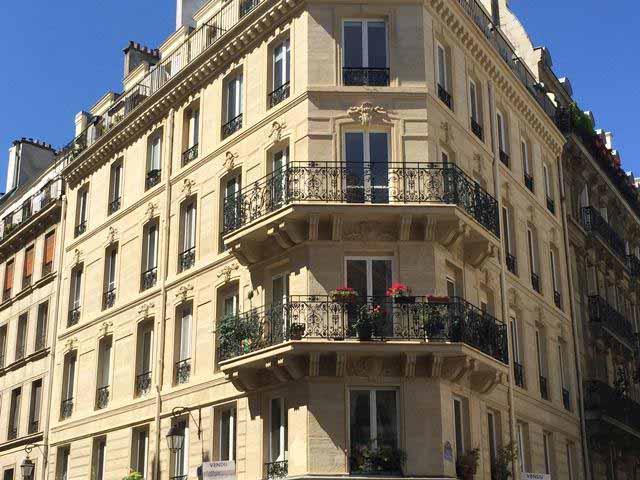
The Paris stone façade
This is a local limestone that has been used since the Middle Ages. Its color ranges from creamy tones to pale yellow. Over time, it can erode slightly, adding character to the building. It is used in historic buildings and sometimes on interior walls as well.
You can spot these façades in the city’s oldest neighborhoods, such as the Latin Quarter or Île de la Cité.
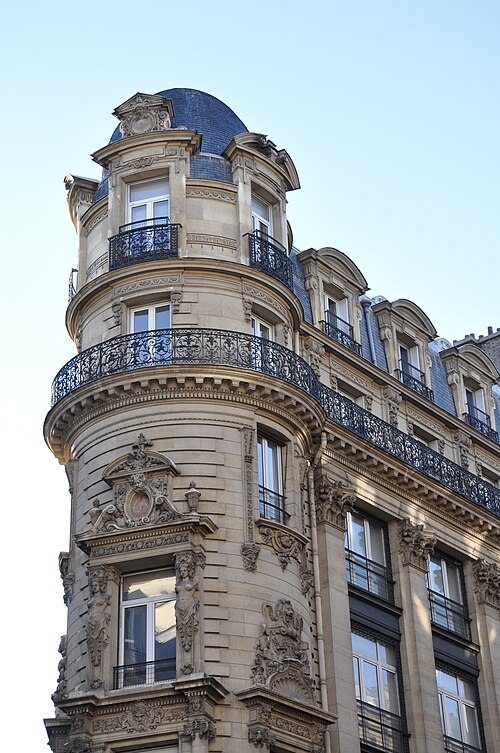
The Art Deco façade (1920s–1930s)
This style emerged after World War I. It is more modern, yet remains highly decorative. These buildings feature geometric shapes—triangles, circles, and straight lines. The façades are made of concrete or stone, with minimal moldings and wrought-iron balconies. Stylized decorations often include floral or abstract motifs. The buildings are usually constructed from light-colored stone or concrete.
You can spot them in areas like the 16th arrondissement (around Trocadéro) and in certain buildings in the 15th arrondissement.
